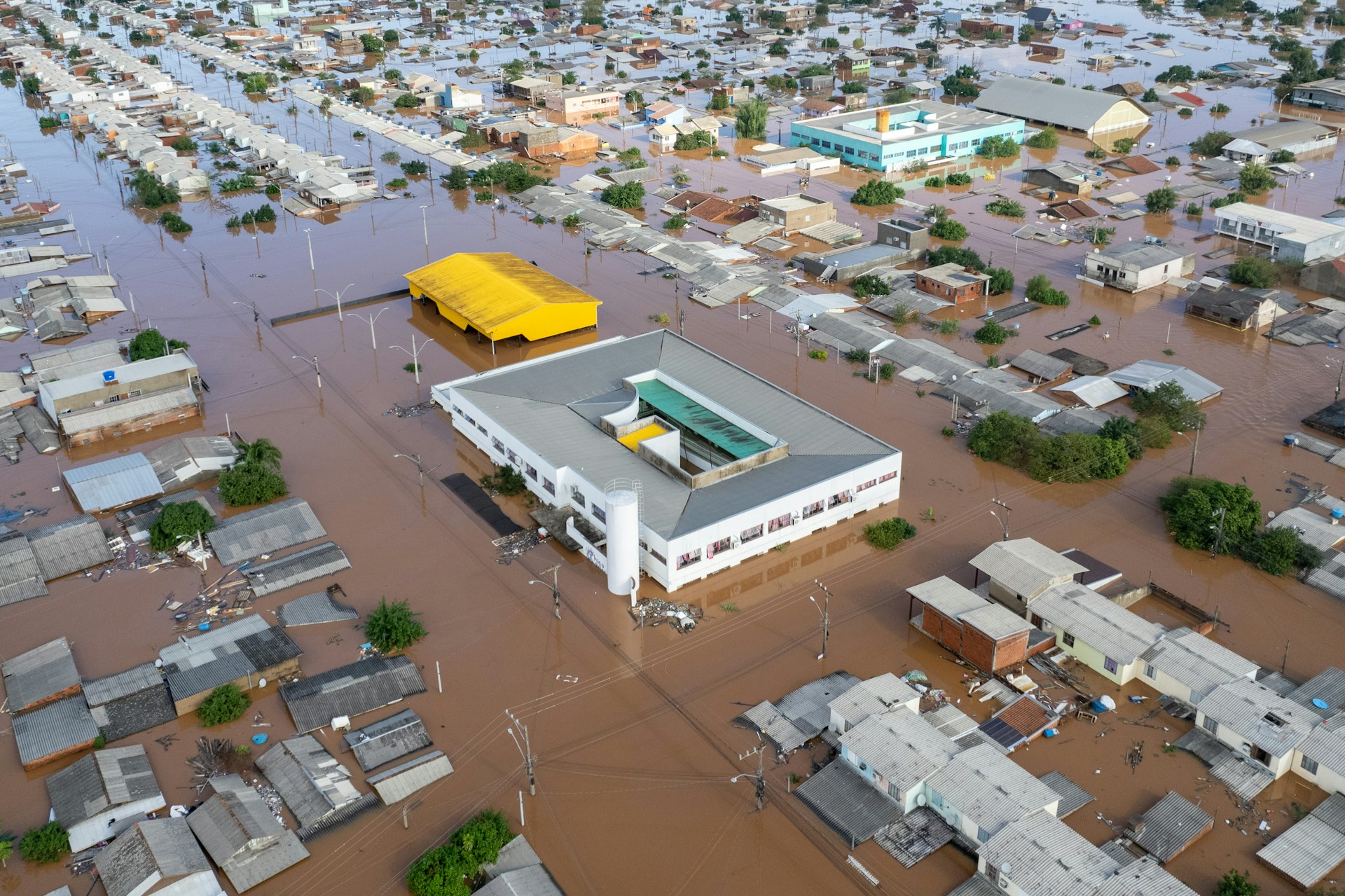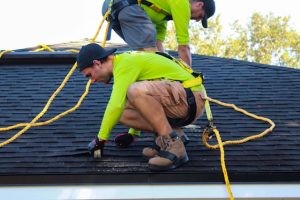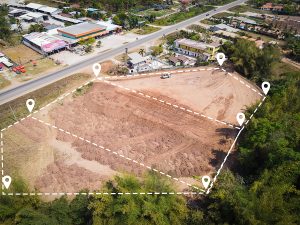Australia has always been a country shaped by extremes — from summer bushfires to flash floods, from tropical cyclones in the north to violent hailstorms in the south. But in recent years, the scale and frequency of these disasters has grown. Climate change, rapid urbanisation, and shifting weather patterns have created a new reality where communities are facing more disruption, more damage, and greater financial strain than ever before.
Behind every headline-grabbing event are families, businesses, and neighbourhoods forced to pick up the pieces. And increasingly, it is restoration companies — the often-unsung professionals of the recovery process — who are stepping in to help rebuild lives.
The rising tide of disasters
The statistics paint a sobering picture. According to the Insurance Council of Australia, weather-related insurance claims have surged into the billions over the past five years. Events like the 2022 east coast floods and more recent storm surges in Queensland and northern NSW highlight the pressure communities are under.
For households, the impact goes beyond property damage. Mould growth, unsafe living conditions, and prolonged displacement can turn a single weather event into a months-long ordeal. Businesses too are left vulnerable, with stock loss, structural damage, and downtime costing millions.
These challenges aren’t isolated. They connect directly to broader conversations about resilience, risk management, and Australia’s ability to adapt. The federal government’s National Climate Resilience and Adaptation Strategy outlines how governments, businesses, and communities must work together to face a future of more frequent extremes.
The economic cost of recovery
Disasters in Australia don’t just affect individuals — they ripple through entire economies. The Insurance Council’s 2023 report estimated that the east coast floods alone generated over $6 billion in claims, making it one of the costliest events in the nation’s history. Beyond claims, there are hidden costs: lost productivity, increased health issues, housing shortages, and the emotional toll on communities.
Governments and councils are investing heavily in mitigation, from levees to updated flood maps, but the reality is clear — disasters will keep coming, and professional recovery services are critical to reducing long-term costs. Reports from the Australian Bureau of Statistics highlight that many communities have only moderate resilience to climate-related disasters, leaving them particularly vulnerable.
Why restoration matters more than ever
Emergency services do the critical first response — saving lives and stabilising immediate threats. But once the sirens fade, it’s restoration professionals who work tirelessly to make homes habitable and businesses operational again.
These teams don’t just clean up; they follow international IICRC standards to ensure water, mould, and fire damage is properly remediated. Using tools like moisture meters, thermal imaging cameras, HEPA-grade filtration, and industrial drying equipment, they tackle the hidden dangers that can escalate if left untreated.
Restoration services mean:
- Families can return home faster and safer.
- Businesses can reopen sooner, reducing economic fallout.
- Communities recover more quickly, with less long-term impact.
Experts warn that with extreme rainfall increasing, such careful restoration is more critical than ever. A recent University of Sydney article questioned whether Australia is prepared for the growing frequency of these events — and underscored the need for systematic recovery measures.
The human cost of disasters
While financial losses often dominate headlines, disasters also carry a heavy social and emotional burden. Families forced out of their homes can experience significant stress, anxiety, and long-term mental health challenges. Business owners may lose not only income but also the sense of stability they’ve built over years.
Restoration companies play a role here too. By reducing downtime and helping families return to safe homes quickly, they support both practical recovery and emotional wellbeing. Communities that recover faster are more resilient in the face of the next challenge.
This human element is highlighted in ABC News coverage, which contrasts the hardship of flooding in one region with drought in another — showing just how varied, and severe, the climate threat has become.
Building resilience through expertise
What makes modern restoration companies vital is not only their tools but also their systems. Many now use digital platforms to document jobs for insurers, GPS tracking to deploy crews quickly, and advanced equipment to speed up drying and cleaning.
This combination of expertise and efficiency helps bridge the gap between disaster and recovery, ensuring communities aren’t left waiting weeks for support.
As disasters grow in frequency, the industry is evolving, blending technology with human expertise to deliver faster, safer, and more effective outcomes.
A local example: Reztor Restoration
One company making a difference is Reztor Restoration, which operates across Queensland, New South Wales, and Victoria. With IICRC-certified technicians, 24/7 rapid response teams, and a commitment to professional reporting for insurers, Reztor supports both metropolitan and regional communities when disasters strike.
From flooded homes and mould-affected schools to smoke-damaged businesses, their teams are equipped to respond quickly and comprehensively. This wide footprint means Reztor can mobilise resources where they’re needed most, helping communities get back on their feet faster.
Looking ahead
As Australia grapples with more frequent and severe disasters, the need for rapid, professional restoration will only grow. Councils are updating flood maps, insurers are recalibrating their risk models, and governments are debating resilience funding — but on the ground, it’s restoration companies ensuring families and businesses can get back to normal life.
The future may bring bigger storms, hotter summers, and more unpredictable weather, but with trusted restoration professionals ready to respond, communities can face these challenges with greater confidence.
About the author
Matthew Brunes is the Director of Reztor Restoration, a leading disaster restoration company in Australia. With IICRC-certified teams operating across Queensland, New South Wales, and Victoria, Reztor specialises in flood recovery, water damage restoration, and mould remediation. Matthew is passionate about helping communities recover faster, safer, and with less disruption in the face of Australia’s growing disaster challenges.






